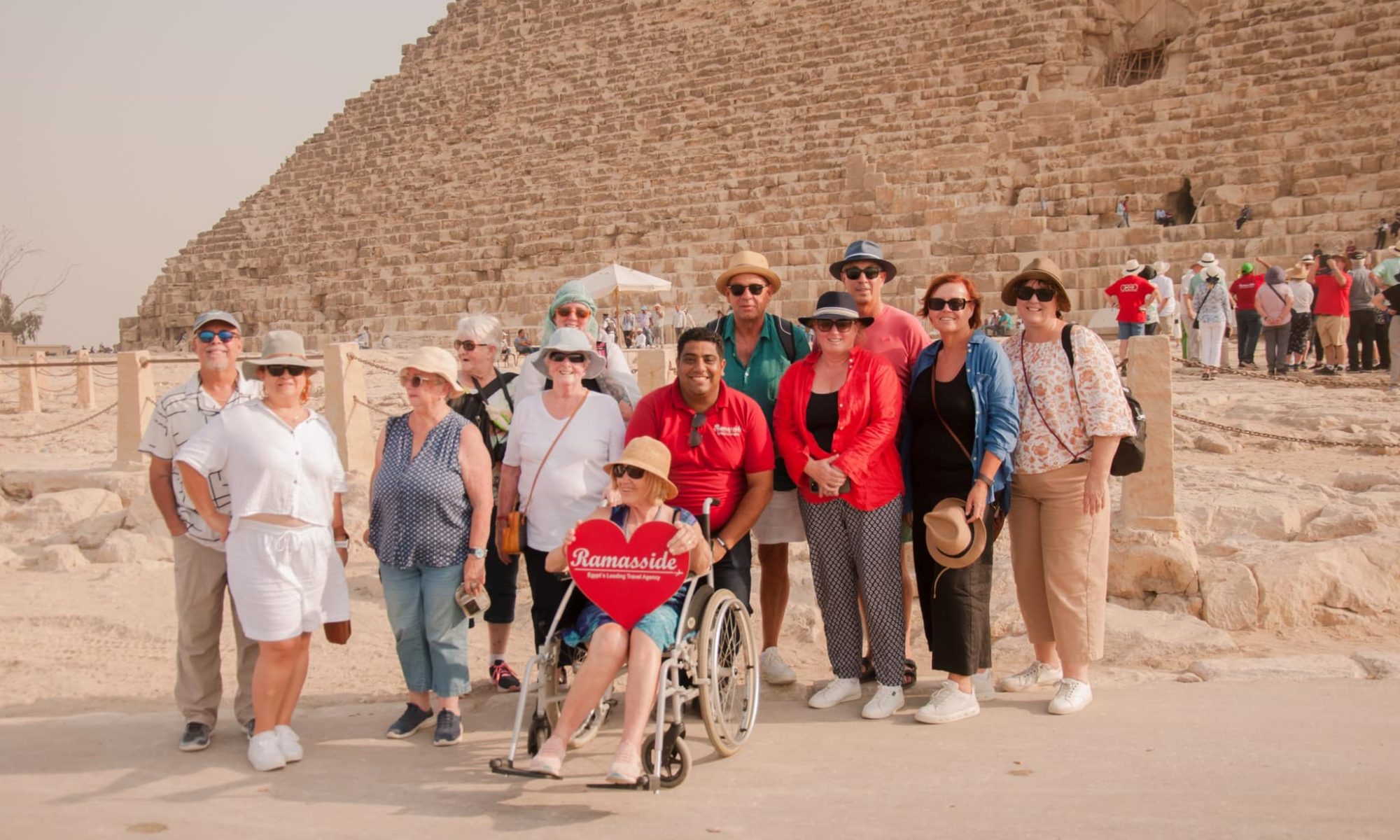
King Khufu, known as Cheops in Greek, was a prominent pharaoh of ancient Egypt who ruled during the 4th Dynasty, around 2580-2560 BC. His reign is particularly famous for the construction of the Great Pyramid of Giza, an architectural marvel that remains an enduring symbol of Egypt’s ancient glory.
1. The Pharaoh’s Background
Khufu was the second pharaoh of the 4th Dynasty and the son of King Sneferu, who had several notable pyramids constructed during his reign. Khufu’s mother was Queen Hetepheres I, and he married Queen Meritites. His full name was Khnum-Khufu, which means “Khnum protects me.”
2. The Great Pyramid of Giza
Khufu’s reign is primarily associated with the construction of the Great Pyramid, also known as the Pyramid of Khufu or the Pyramid of Cheops. This pyramid, originally 146.6 meters (481 feet) tall, was the tallest man-made structure in the world for over 3,800 years.
3. Pyramid Complex
The Great Pyramid is part of a larger complex that includes three smaller pyramids for Khufu’s queens and a mortuary temple. There’s also a causeway leading to a valley temple, which served as a ceremonial entrance for the pharaoh’s funerary rituals.
4. Architectural Marvel
The construction of the Great Pyramid is a testament to ancient Egyptian architectural and engineering excellence. Its precision and monumental scale continue to awe and inspire people to this day. The techniques used in its construction are still a subject of study and debate among Egyptologists.
5. Legacy and Significance
Khufu’s legacy is inextricably linked with the Great Pyramid, which is regarded as one of the Seven Wonders of the Ancient World. The pyramid served as a royal tomb, housing the pharaoh’s mummy, treasures, and offerings for the afterlife.
6. Complex Religious and Funerary Beliefs
Khufu’s reign was characterized by complex religious and funerary beliefs. The construction of the pyramid and the associated rituals were intended to ensure his successful transition to the afterlife and his eternal rule as a god.
7. Ancient Graffiti
Within the pyramid, inscriptions by workers and visitors from antiquity have been discovered. These inscriptions provide valuable insights into the construction process and the pyramid’s significance.

